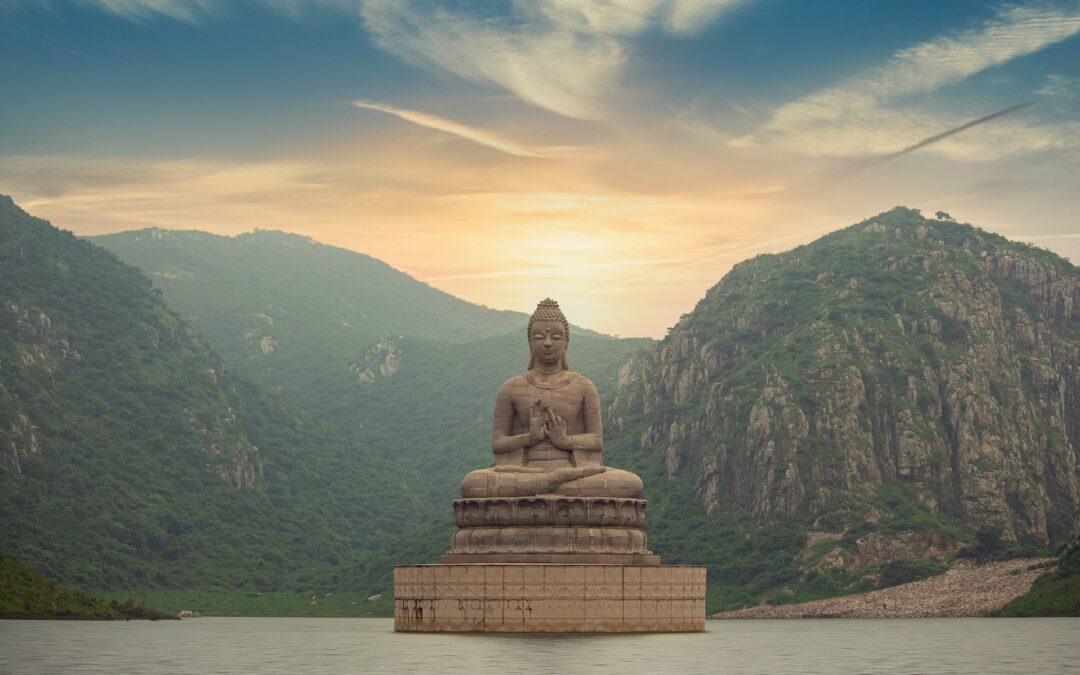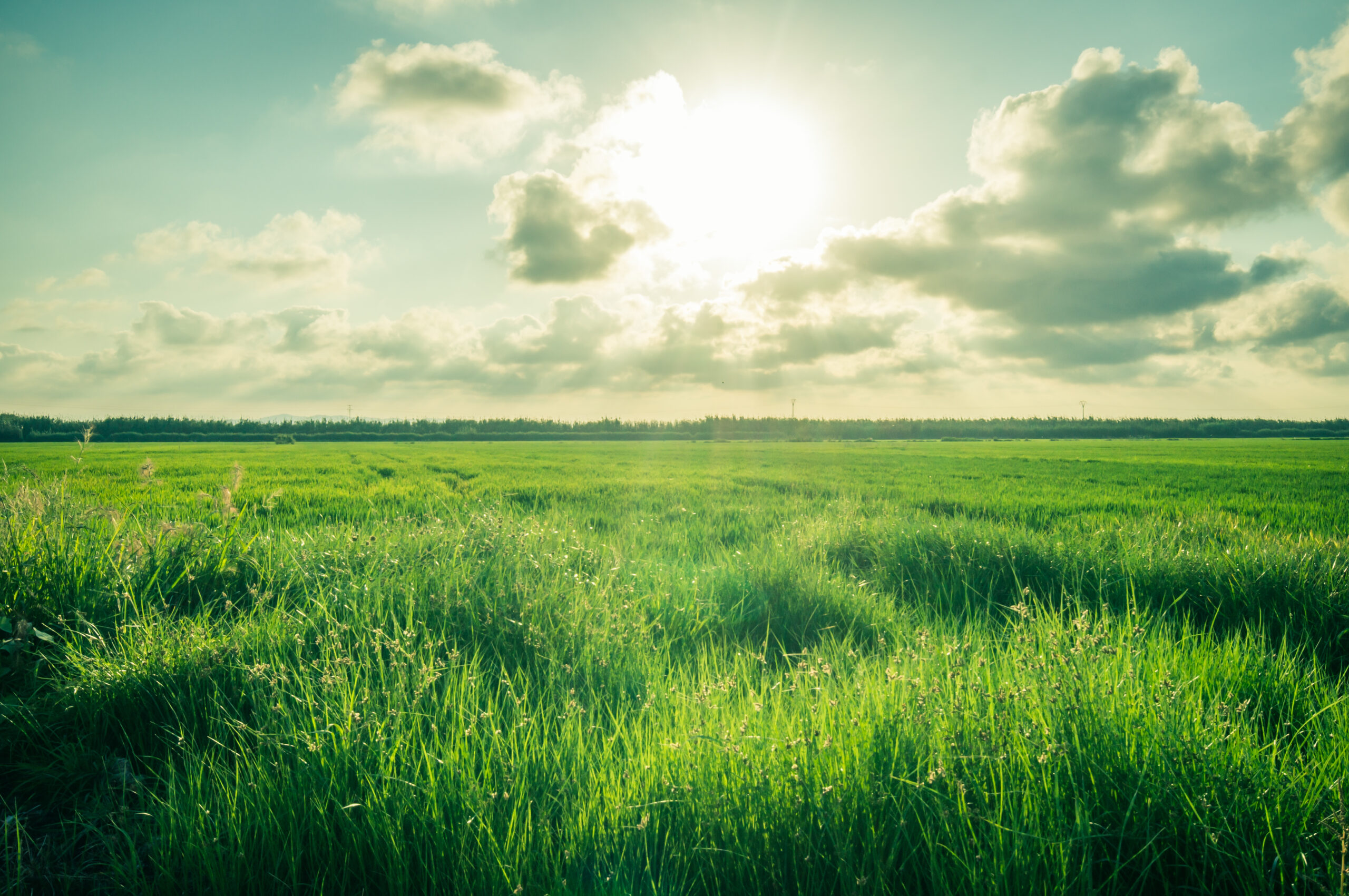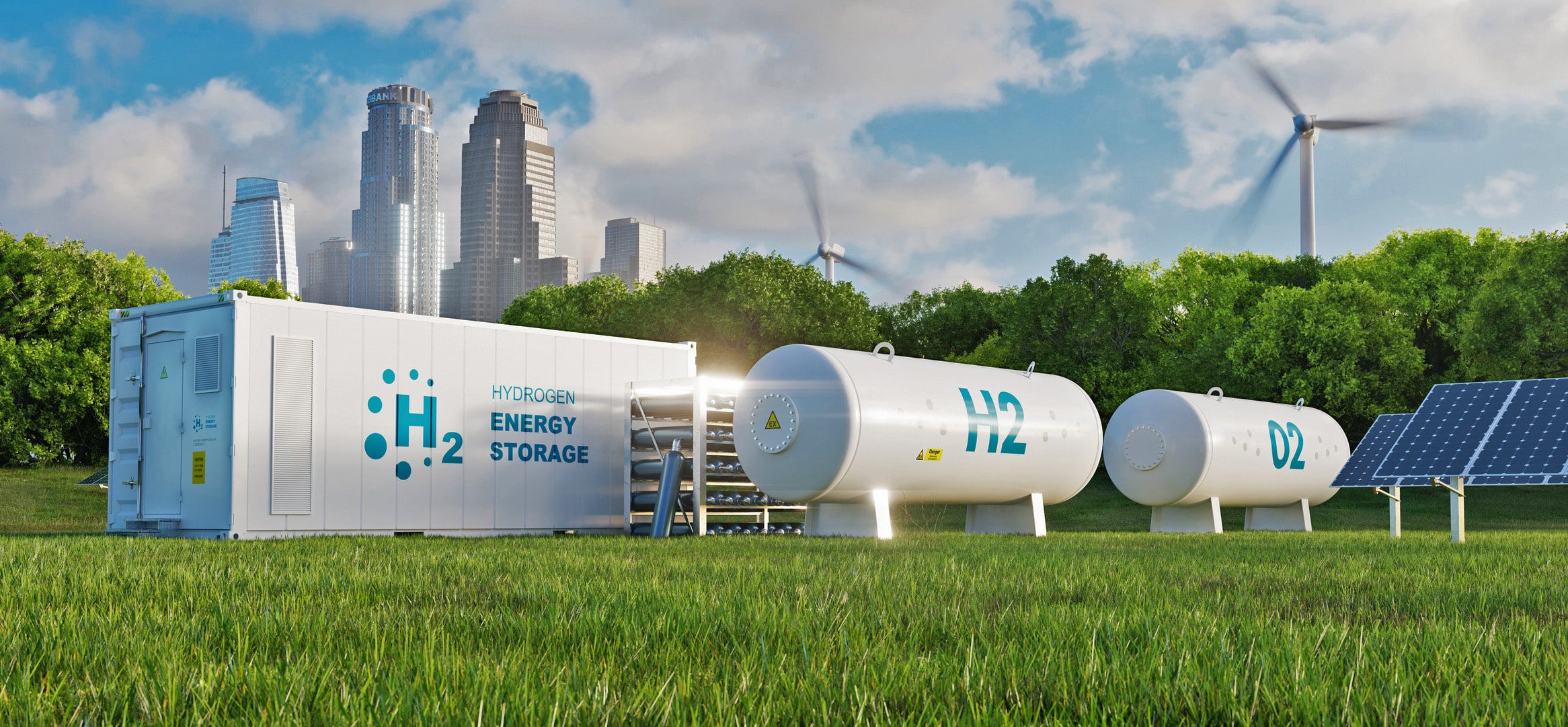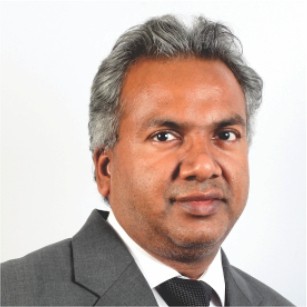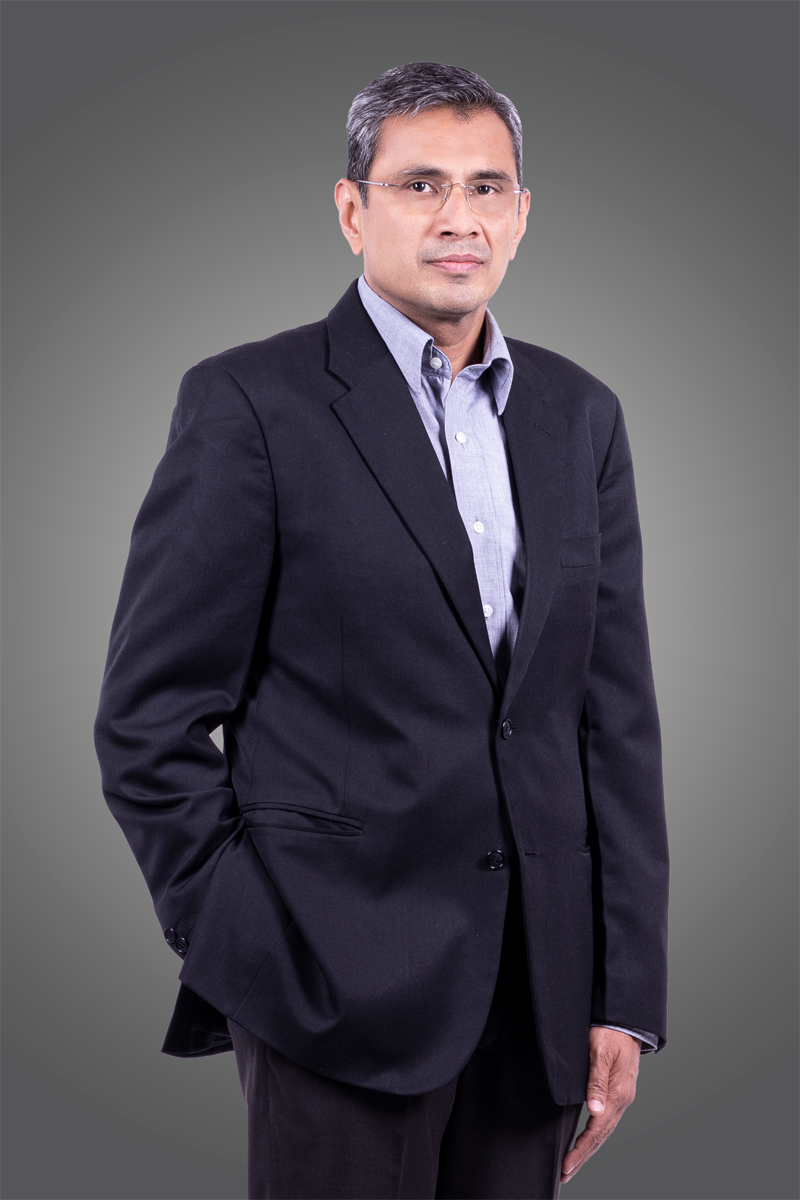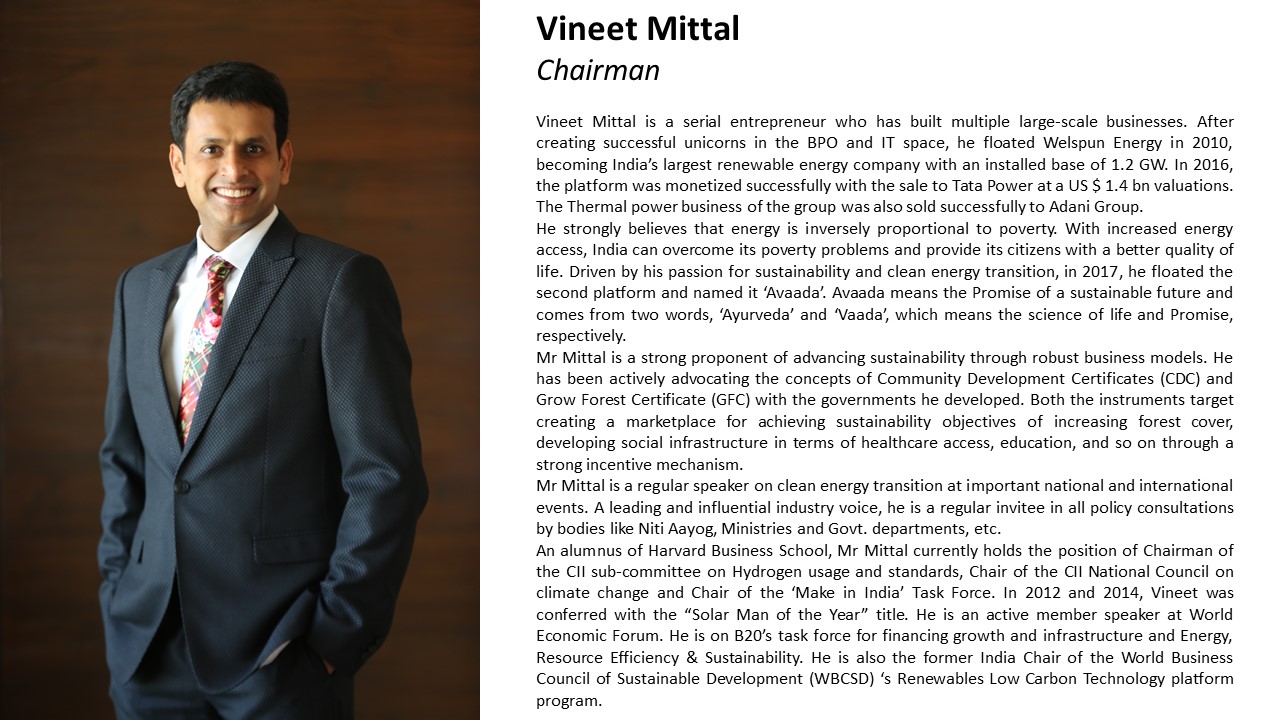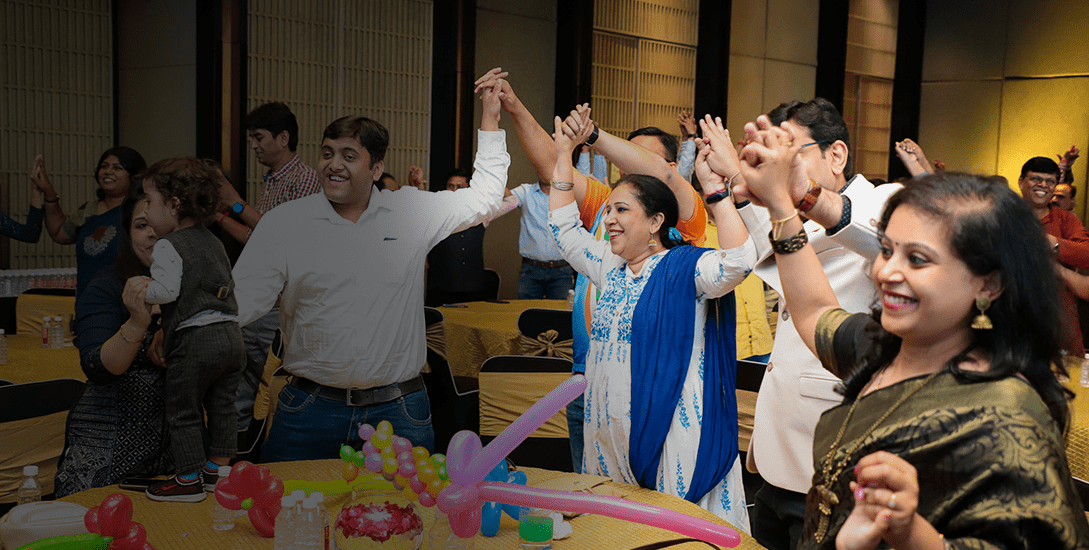
Returning to Our Roots; Restoring Our Earth; Renewing Our Future
माता भूमि पुत्रोहं पृथिव्या
During the Vedic period, we used to live in harmony with nature. The Vedas have several references on environmental protection, ecological balance, weather cycles, rainfall phenomena, the hydrologic cycle, and related subjects that directly indicate the high level of awareness of the seers and people of that time.
Rig-Veda states that “the sky is like father, the earth like a mother and the space as their son.” The universe consisting of the three is like a family and any kind of damage done to any one of the three throws the universe out of balance.
It is also stated in Upanishad that “The God who exists in the universe, lives in air, water, in fire and also in trees and herbs, men should have reverence for them.”
In fact, man is forbidden from exploiting nature. He is taught to live in harmony with nature and recognize that divinity prevails in all elements, including plants and animals. The Rishis of the past have always had great respect for nature. Theirs was not a superstitious primitive theology. They perceived that all material manifestations are a shadow of the spiritual.
But unfortunately, Today Indian rivers are the destination for waste produced by hundreds of industrial units, our cities have become gas chambers, oceans have become the dump yard for plastics and rapid urbanization leads to deforestation. The greed of mankind has led to grave danger to the future of the environment.
Mahatma Gandhi said –
“The world has enough for everyone’s need, but not enough for everyone’s greed.”
The effect of global warming and climate change are well emphasized in global narratives and India can neither remain unaffected nor be a mute spectator.
The punishing long and scorching summers and uneven rainfalls are just the latest indicators that we need to do more to hold back climate change. Solutions to control such devastations are within our reach, but to capture them there is a need to take urgent consolidated actions across every level of society and build a future for our coming generations that are sustainable and resilient.
We are all responsible as individuals, in terms of changing our habits and living in a way that is more sustainable. Now is the time for people in every facet to raise their voices and urge each other to take a historic first step towards a sustainable future. We must reduce carbon emissions to the point where we hold global warming to no more than an additional 1.5 °C.
In our journey towards carbon-neutral, the private sector will play a key role in accelerating global decarbonization by setting science-based targets to reduce emissions within their operations and value chains. Moving ahead, we need deep and sustained decarbonization of the industry at all levels—Hard to abate sectors, food production and consumption, transportation, construction, manufacturing, and retail. To do this, we require new and innovative solutions that transform the way stakeholders engage with the natural world. Industries must switch to green & sustainable energy like solar & wind. One tool that could help the ‘hard to abate’ sector is green hydrogen & green ammonia.
Every country, city, financial institution, and company should adopt plans for transitioning to net zero emissions by 2050 and take decisive ACTION NOW.
Our PM Shri Narendra Modi always says – India believes in वसुधैव कुटुम्बकम.
Means ‘The whole Universe is one Family’
He has made a paradigm shift to a “whole-of-society” approach by involving and engaging sub-national and local governments, civil society organizations, local communities, people in vulnerable situations, and the private sector.
With his motto of ‘Sabka Saath Sabka Vikaas’ (Collective Efforts for Inclusive Growth), serious efforts have been made in the county to develop a robust SDGs localization model centered on adoption, implementation, and monitoring at the state and district levels.
We have Science with us; technology is with us. We just need to step up to combat climate change. Azadi ka Amrit Kaal is a make-or-break year to confront the global climate emergency.
Let’s UNITE and FIGHT for a sustainable future.
We must turn this momentum into a movement.
Jai Hind
